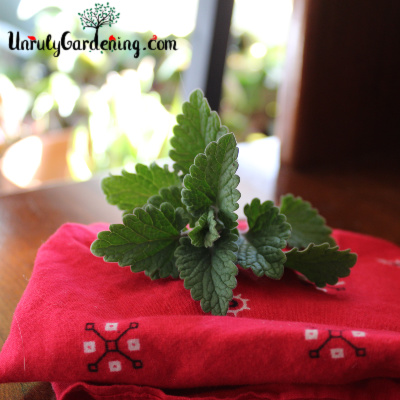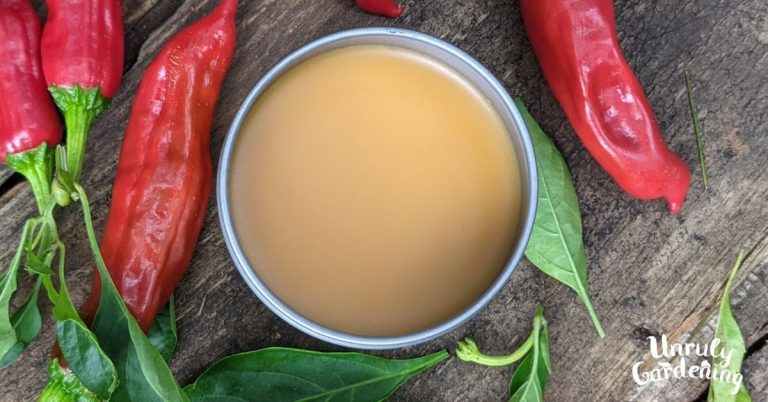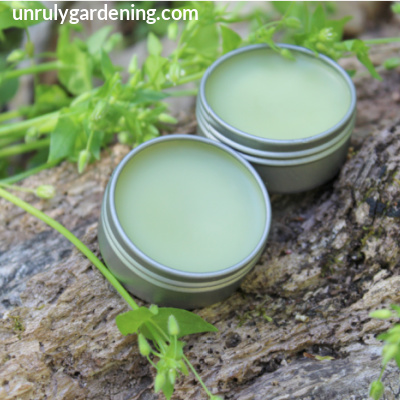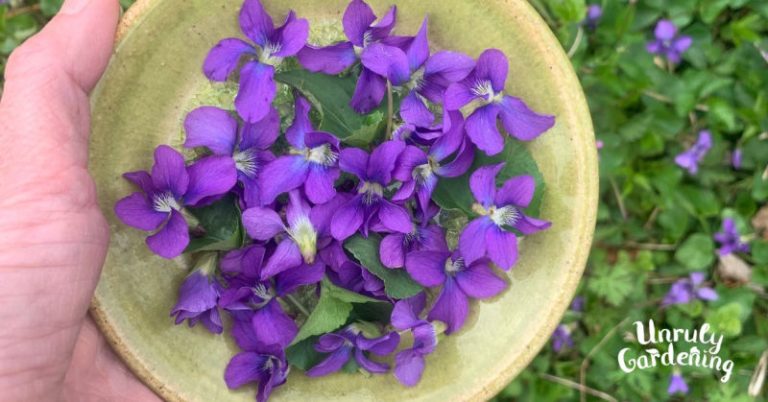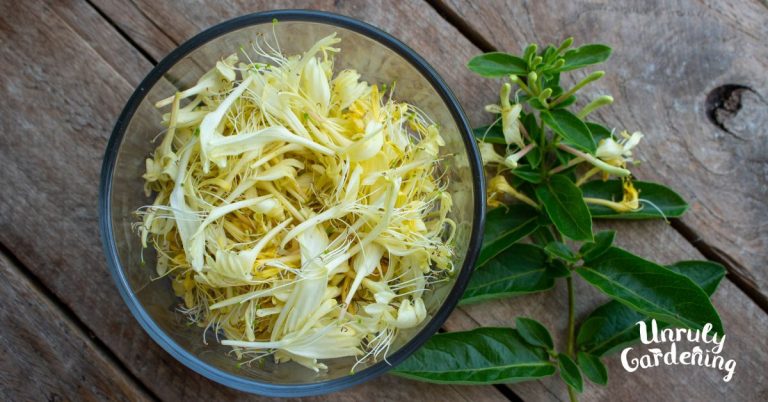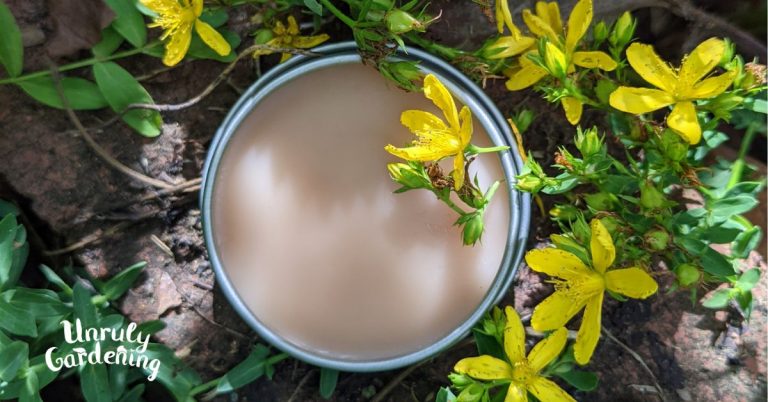Rosewater (& other plant experiments)
Rosewater’s an easy enough project if you have a bunch of roses to spare and just a little patience. And since the method to make it’s the same for any number of fragrant plants, why not indulge in a little experimentation?
Rosewater
Rosewater (or the closest one can get without having specialized equipment) is pretty simple to make.
First, you basically go out and pick yourself a ton of the most fragrant rose petals you can find.
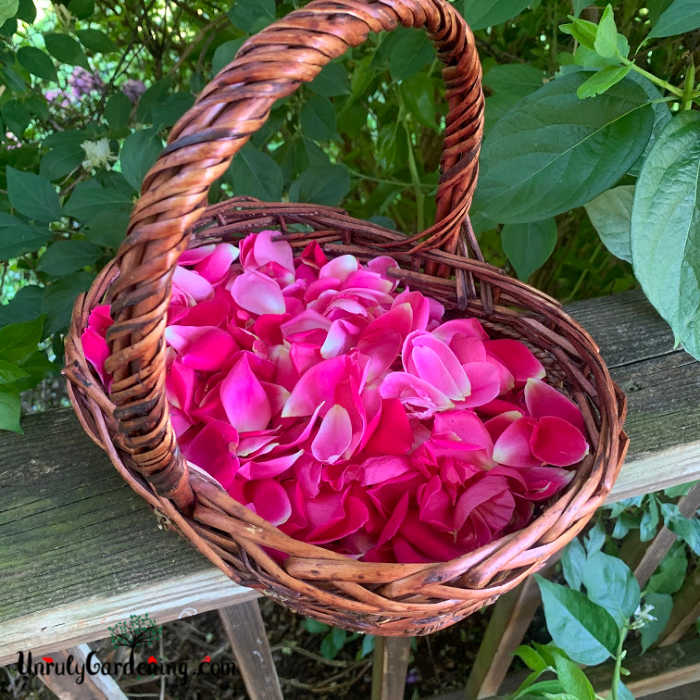
Grab a large pot, a heatproof bowl, and a lid that fits the pot. Dump the rose petals in the pot, then nestle the heatproof bowl down in there. Fill the part of the pot that the rose petals are in with some water, but don’t let the water level get high enough that water gets into the bowl.

Put the lid on top upside-down, so the handle is over the bowl. Stick the pot on a burner over medium-low to medium heat. You want to bring it to a simmer, and keep it there.
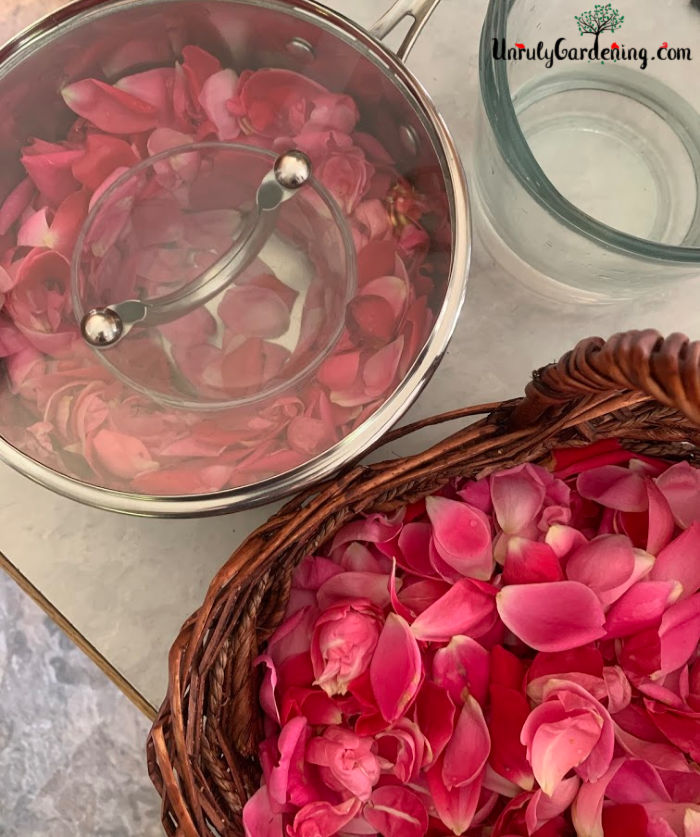
On top of the pot lid, stick a sealed baggie full of ice to assist in forming condensation.
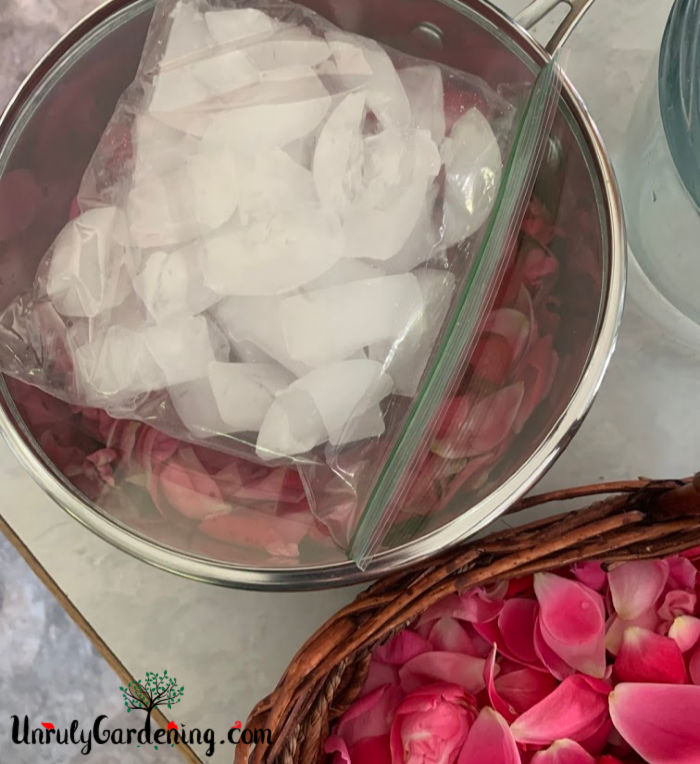
The condensation will travel down to the lowest point of the lid, and start dripping slowly into your bowl. This is your rosewater!
You can keep simmering the petals until they go transparent. At that point, they’re spent, so add fresh petals if you want to keep going. Make sure to keep a close eye on your baggie of ice! It melts quicker than you think, and you can risk the bag melting or exploding if the ice is allowed to melt and the resulting water inside heats up too much.
Carefully pour your finished rosewater into a bottle or jar, and store in the fridge. Ideally, use fresh within a day or two, and freeze what’s left over for longer storage.
The same method is used for other plant matter experiments.
My experiments and the results
First Experiment: Rosewater
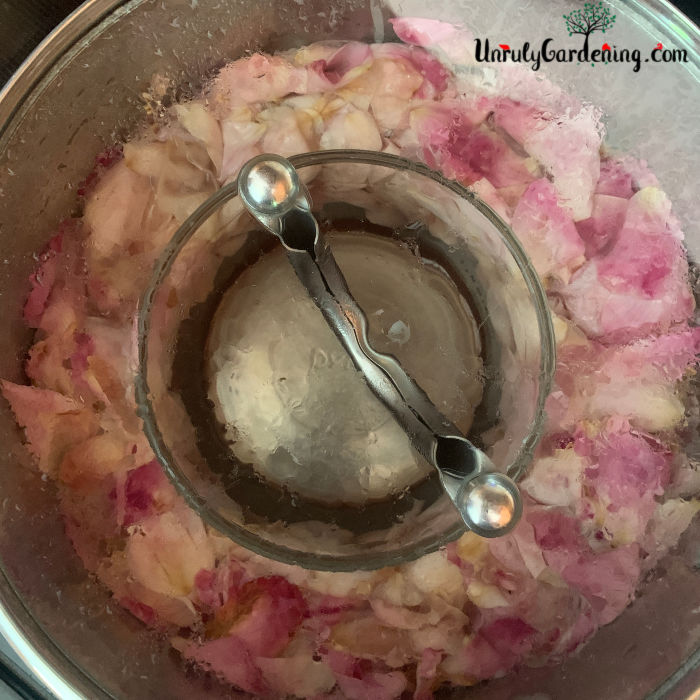
A hefty basket of bright magenta rose petals and a few hours worth of simmering gave me a respectable amount of rosewater. The petals in question were mildly fragrant- a stronger scented rose would have probably yielded a stronger rose fragrance in the finished rosewater. As is, it smelled lightly of roses, with a surprising hint of apple.
The rosewater made for an excellent face wash, reducing redness and feeling slightly soothing to the skin.
Second Experiment: Chamomile
Only make this is you really like the smell of chamomile, because the finished water had a very distinct chamomile scent.
A bowl of chamomile, mostly flowers with the top three or so inches of stem included, was prepared the same way as rosewater. Several hours of simmering resulted in a water that smelled very closely to fresh chamomile, but subdued, when finished and cooled.
Chamomile water also made an excellent face wash!
Third experiment: White Clover
This one was a failure as far as fragrance. In an attempt to trap the lovely fragrance of white clover flowers in a water, I gathered a heaping bowl of flowers and attempted to simmer them the same way as the rosewater and chamomile water. What this resulted in was a water that pretty much just smelled like cut grass.
When used as a face wash, no results were noticed.


